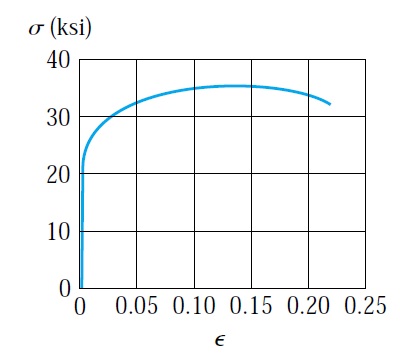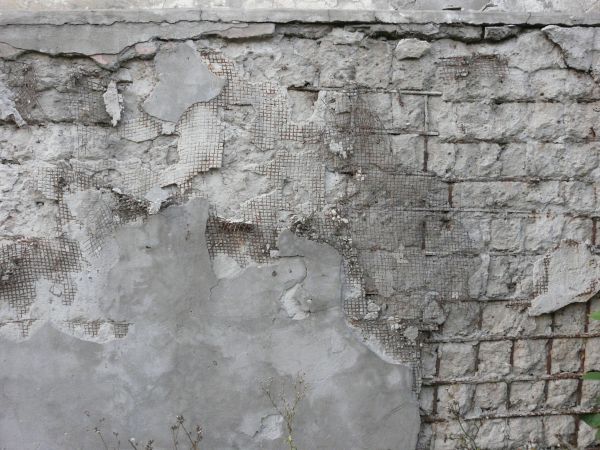Micropiles: Definition, Design, and Applications
Micropiles, also known as mini piles, are small-diameter piles typically up to 300 mm in diameter. They are used in situations where conventional piling methods are not feasible — such as in areas with restricted overhead clearance or where there is a need to minimize disturbance to nearby structures.
Micropiles are constructed by drilling a borehole, installing reinforcement (usually a steel bar or cage), and then grouting the hole. Despite their small diameter, micropiles can resist considerable axial loads while carrying minimal lateral loads. The axial load is primarily resisted by the steel reinforcement, which transfers the load to the surrounding soil through skin friction. Due to their small cross-sectional area, end-bearing resistance is generally neglected in micropile design.
Types and Design Principles
Micropiles can be designed to serve two main purposes:
-
Direct Load Transfer (Structural Micropiles)
In this common application, micropiles are designed to directly transfer axial and lateral loads from the structure to the surrounding soil. A group of micropiles is typically constructed, and each pile’s reinforcement carries a portion of the load, which is then transferred to the soil via friction along the pile–soil interface. -
Soil Reinforcement (Composite Ground Improvement)
In this less common application, micropiles are used to reinforce and improve the existing soil mass rather than carry loads individually. A group of micropiles acts together to enhance the overall soil capacity and stiffness, effectively improving the ground performance under load. Construction Methods
The construction procedure for micropiles can vary depending on soil conditions, load requirements, and project constraints. The drilling process may involve:
-
Permanent casing,
-
Temporary casing, or
-
No casing,
depending on soil stability and groundwater conditions.
Grouting methods also vary and are critical to pile performance:
-
Gravity grouting: grout is placed under its own weight to fill the borehole.
-
Pressure grouting: grout is injected under a controlled pressure (typically 0.5–1.0 MPa) to ensure proper filling and strong bonding between the grout and surrounding soil.
However, grouting pressure should not exceed 1.0 MPa to avoid fracturing or weakening the surrounding ground.
In some cases, secondary grouting is performed — grout is first placed under gravity, and before hardening, additional grout is injected under pressure to enhance the soil–grout bond and improve pile performance.
-
When to Use Micropiles
Micropiles are particularly preferred under the following conditions:
-
Working adjacent to existing or sensitive structures.
-
Difficult soil conditions, such as karstic formations, uncontrolled backfill, or boulder layers.
-
Situations where vibration must be minimized.
-
Areas where pile driving may induce soil liquefaction.
-
Projects requiring support or underpinning of existing structures.
Applications of Micropiles
Micropiles are versatile and can be used in multiple applications, including:
-
Foundation systems for new structures, especially where access or overhead clearance is limited.
-
Underpinning or rehabilitation of existing foundations to:
-
Reduce settlement and structural movement.
-
Prevent scouring in hydraulic structures.
-
Increase the load-bearing capacity of existing foundations.
-
Repair or replace deteriorated foundation elements.
-
Due to their ability to be installed with minimal disruption and adaptability to varied soil types, micropiles have become an effective alternative to conventional driven or drilled piles, particularly in urban or geologically complex areas such as karstic zones.
Another significant application is seismic retrofitting, where micropiles are used to strengthen existing foundations, enhance load capacity, and improve overall stability against dynamic and lateral forces.

















Comments
Post a Comment